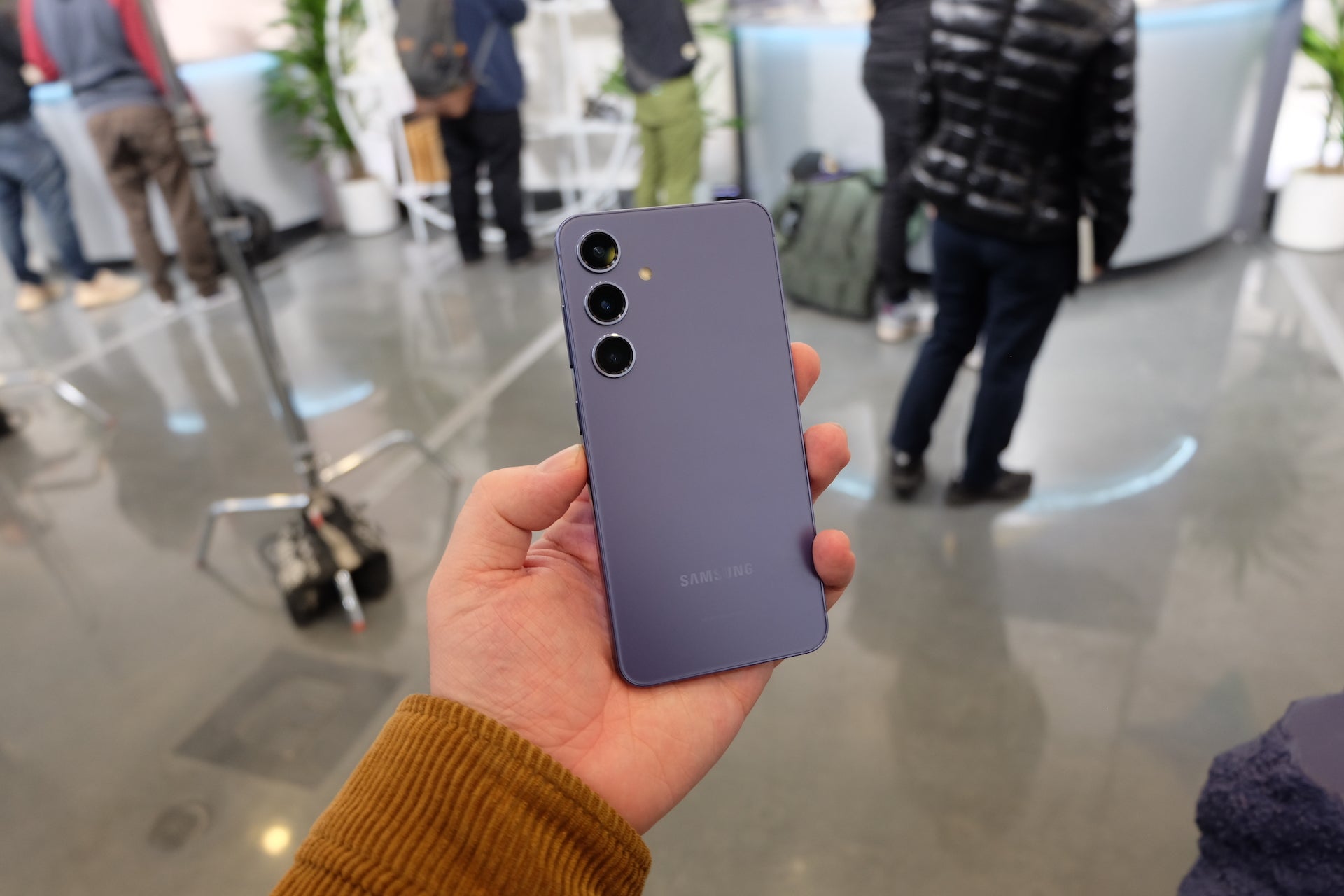
Xiaomi recently unveiled its Xiaomi 15 flagship range in China. Here’s how the base model compares to its Samsung counterpart, the Galaxy S24.
The Galaxy S24 is one of the best small Android phones, offering a decent amount of power and plenty of clever AI features for its size.
Keep reading to learn how it compares to the recently announced Xiaomi 15.
Price
The Xiaomi 15 launched in China on October 29 2024. Prices start at 4499 RMB (~£488) for the 12GB/256GB model and go up to 5499 RMB (~£597) for the 16GB/1TB configuration. There’s no official launch date for the US or Europe just yet.
Samsung introduced the Galaxy S24 on January 17 2024. Prices start at £799 for the 128GB/8GB model and go up to £859 for the 256GB/8GB version.
The Xiaomi 15 has a brighter display
When it comes to the screens on these phones, the Xiaomi 15 has an edge in regard to size, resolution and brightness.
The Xiaomi 15 features a 6.36-inch OLED display with a 1200 x 2670 resolution and a maximum brightness of 3200 nits. The LTPO screen also has a variable refresh rate of 1-120Hz and supports partitioned refreshing to give a smooth experience and reduce power consumption when a fast refresh rate isn’t needed.
The Samsung Galaxy S24 has a slightly smaller 6.3-inch display, lower (but still FHD+) 1080 x 2340 resolution and 2600 nits of peak brightness. Like the Xiaomi 15, the Galaxy S24 has a 1-120Hz refresh rate for smooth scrolling.


The Xiaomi 15 has a 50MP telephoto camera
Both smartphones feature triple camera arrays that consist of a main sensor, ultra-wide camera and telephoto camera with 3x optical zoom.
In the Xiaomi 15’s case, these are Leica lenses and include a 50-megapixel main camera, 50MP ultra-wide and 50MP telephoto lens. The phone supports 8K video recording at up to 30fps or 4K at 60fps.
The Galaxy S24 also takes advantage of a 50-megapixel main shooter, but the other two lenses pack fewer megapixels. This includes a 12-megapixel ultra-wide camera and a 10-megapixel telephoto camera. Like the Xiaomi 15, the Galaxy S24 is capable of capturing 8K video at up to 30fps or 4K at 60fps.
We found the Galaxy s24’s main camera to be very versatile, performing well in various lighting conditions and producing pleasing shots with bright, vivid colours. However, you’ll have to wait for our review of the Xiaomi 15 to learn how these two smartphone cameras compare in real-world use.


The Xiaomi 15 is powered by the Snapdragon 8 Elite
The Xiaomi 15 is equipped with a more up-to-date chipset than its Samsung rival.
The Xiaomi 15 is powered by Qualcomm’s newest flagship chipset, the Snapdragon 8 Elite. In fact, the handset is one of the first to carry the chipset which was announced just one week before the Xiaomi 15.
The Galaxy S24, meanwhile, carries the Snapdragon 8 Elite’s predecessor, the Snapdragon 8 Gen 3, in the US, Canada and China, or the Exynos 2400 everywhere else.
We found the Galaxy S24 to be fast enough for everyday use, handling intensive games with ease. As with the camera, you’ll need to wait for us to get our hands on the Xiaomi 15 to learn how the two phones compare when it comes to their chipsets and performance power.


The Xiaomi 15 has a bigger battery
Finally, the Xiaomi 15 packs a larger battery and supports faster charging than the Galaxy S24.
The Xiaomi 15 features a 5400 mAh battery and can charge quickly in a pinch with the help of 90W HyperCharge and 50W wireless HyperCharge fast charging.
The Galaxy S24, on the other hand, carries a 4000 mAh battery with support for 25W fast charging and 15W wireless charging. We found that the Galaxy S24 offered good endurance for a small phone, making it through a busy workday but not stretching to two. However, the charging speeds are quite slow – especially when it comes to wireless charging.
Early verdict
On paper, the Xiaomi 15 certainly seems as though it’s up to the task of beating Samsung Galaxy S24.
However, you’ll need to wait for our review of the smartphone to hear how these two phones compare in both benchmarking tests and our everyday experience.






